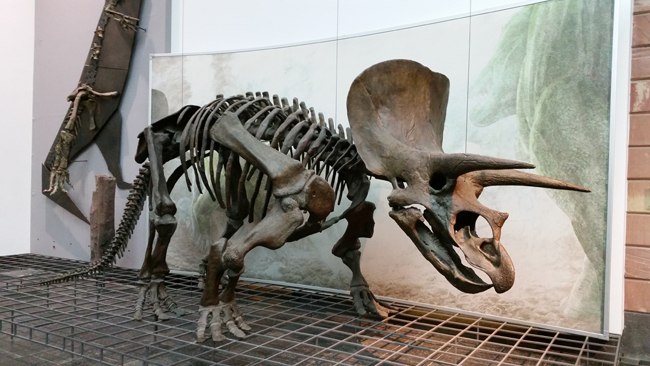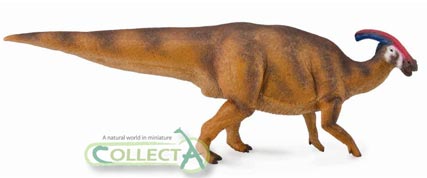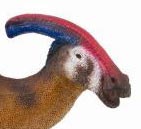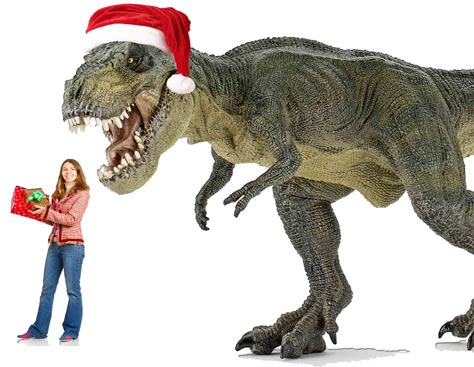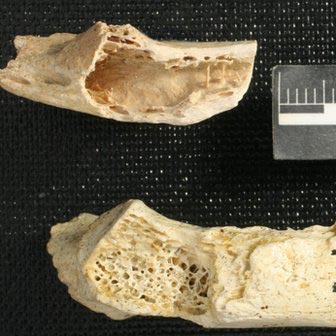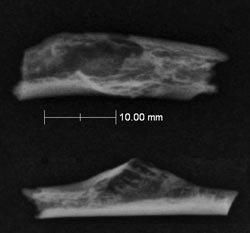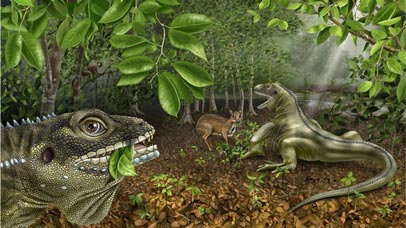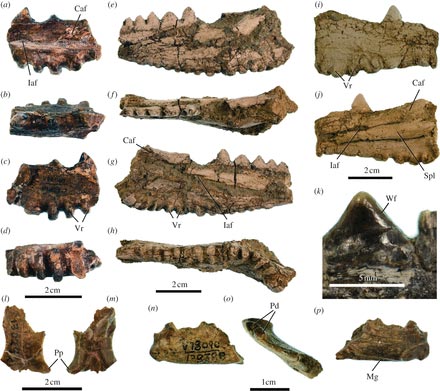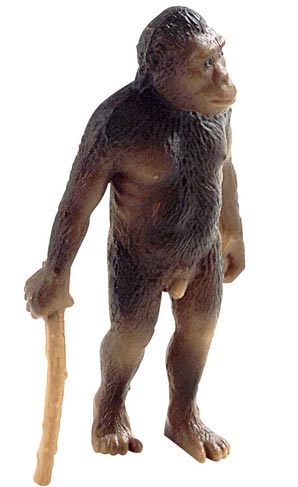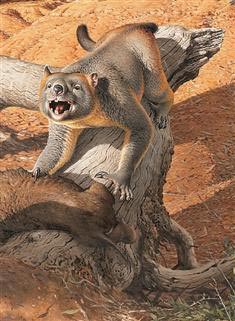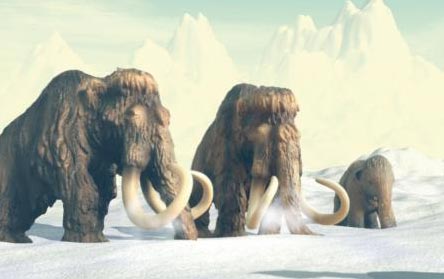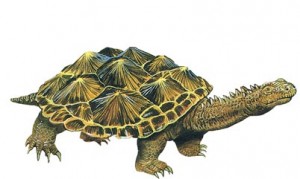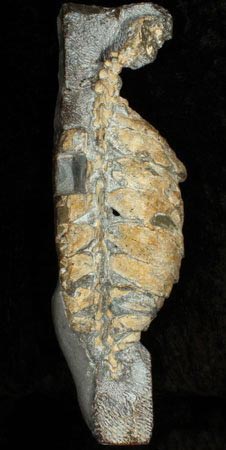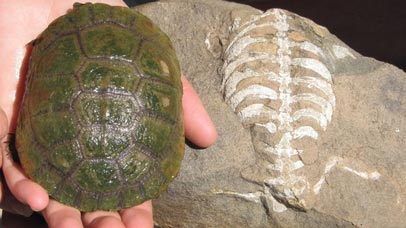Archicebus achilles – World’s Oldest Primate Fossil Named after Greek Hero
An international team of researchers has announced the discovery of the world’s oldest known fossil primate skeleton representing a previously unknown genus. It has been named Archicebus achilles. The fossil was unearthed from an ancient lake bed in central China’s Hubei Province, near the course of the modern Yangtze River. In addition to being the oldest known example of an early primate skeleton, the new fossil is crucial for illuminating a pivotal event in primate and human evolution—the evolutionary divergence between the lineage leading to modern monkeys, apes and humans (collectively known as Anthropoids) on the one hand and that leading to living Tarsiers on the other.
Oldest Primate to Date?
This new species seems to be basal to the lineage that led to both Tarsiers and the true monkeys, the fossils have been dated to approximately 55 million years ago, a time when much of the northern hemisphere was covered in tropical rain-forest.
This tiny creature, with a body little more than seven centimetres in length, died and its remains were buried in the muddy sediments at the bottom of a shallow lake. It must have been buried quickly as the carcase seems not to have been disturbed by scavengers. Like most other fossils recovered from ancient lake strata, the skeleton of Archicebus was found by splitting apart the thin layers of rock containing the fossil. As a result, the skeleton of Archicebus is now preserved in two complementary pieces called a “part” and a “counterpart,” (slab and counter slab), each of which contain elements of the actual skeleton as well as impressions of bones from the other side.
Three Dimensional Images of the Holotype Fossil Material
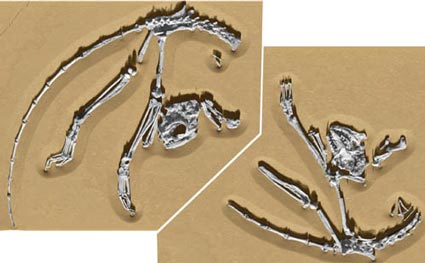
The slab and counter slab, images produced by scanning the fossil material.
Picture credit: Dr Ni Xijun
The picture above shows an image created following the scanning of the type specimen IVPP V18618.
Archicebus achilles
Dr Ni Xijun of the famous Institute of Vertebrate Palaeontology and Palaeoanthropology at the Chinese Academy of Sciences led the research, a paper has just been published in the academic journal “Nature”. Working alongside Dr Xijun was Dr Christopher Beard (Carnegie Museum of Natural History in Pittsburgh); Dr Daniel Gebo (Northern Illinois University); Dr Marian Dagosto of (Northwestern University, Chicago); Dr Jin Meng and Dr John Flynn of the American Museum of Natural History in New York; and Dr Paul Tafforeau of the European Synchrotron Radiation Facility (ESRF), in Grenoble, France.
In order to study the entire fossil, the scientific team first had to scan the specimen at ultra high resolution using the state-of-the-art facilities of the European Synchrotron Radiation Facility in Grenoble, France. Three-dimensional digital reconstruction of the fossil using the synchrotron scans allowed the team of scientists to study the tiny, fragile skeleton of Archicebus in intricate detail.
Dr Tafforeau explanined:
“During the past few years, we at the ESRF have developed the technology to look at those parts of the fossil that are still buried in the rock at a level of detail that is unique in the world. Speaking virtually, we made the skeleton stand up.”
Oldest Primate
The skeleton of Archicebus is about seven million years older than the oldest fossil primate skeletons known previously, which include Darwinius from the Messel shales of Germany and Notharctus from the Bridger Basin in Wyoming (United States).
To read about the discovery of Darwinius masillae and the consequences for primate evolution: The Consequences of Darwinius masillae Discovery.
In addition, Archicebus is potentially very important as it belongs to an entirely separate branch of the primate evolutionary tree that lies much closer to the lineage leading to modern monkeys, apes and humans. Darwinius and Notharctus, are believed to be Adapiform primates that are early relatives of living lemurs, the most distant branch of the primate family tree with respect to humans and other Anthropoids.
A spokesperson for the research team stated:
“Archicebus marks the first time that we have a reasonably complete picture of a primate close to the divergence between Tarsiers and Anthropoids. It represents a big step forward in our efforts to chart the course of the earliest phases of primate and human evolution.”
An Illustration of A. achilles
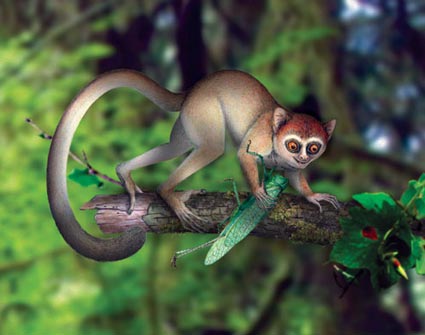
Tree dwelling ancestor.
Picture credit: Dr Ni Xijun
Dr Christopher Beard, whose earlier work on other fossil primates from China and Myanmar (Burma), has placed Asia at the heart of early primate evolution, commented:
“Archicebus differs radically from any other primate, living or fossil, known to science. It looks like an odd hybrid with the feet of a small monkey, the arms, legs and teeth of a very primitive primate, and a primitive skull bearing surprisingly small eyes. It will force us to rewrite how the Anthropoid lineage evolved.”
Probably Arboreal
Calculating the weight of this tiny creature at around 20-30 grammes, the research team conclude that this very small, light, animal probably lived in the tree canopy. Studies of the teeth suggest that this mammal was an insectivore. It probably hunted during the day (a diurnal habit), and Archicebus would probably have had to consume a lot of insects to keep its tiny body going, perhaps eating its own body weight in insects a day.
The basal evolutionary status of this new fossil, challenges an earlier theory that the first members of the Anthropoid lineage were quite large, the size of extant monkeys. In fact, A. acihilles was slightly smaller than the smallest extant primate – the Pygmy Mouse Lemur from Madagascar.
One of the most significant observations made by the research team relates to the shape of the heel bone. Far from being like a Tarsier’s calcaneus, the bone is more reminiscent of what one would expect in an Anthropoid.
Commenting on the importance of A. achilles anatomy, Dr Beard said:
“The heel, and the foot in general, was one of the most shocking parts of the anatomy of this fossil when we first saw it; because, frankly, the foot of this fossil primate looks like a small monkey, specifically like a Marmoset.”
The international team have taken the best part of ten years to complete their studies. This new basal member of the evolutionary line that would eventually lead to our own species takes its name from the Greek “arche” (meaning beginning or first; the same root as archaeology) and the Latin “cebus” (meaning long-tailed monkey). The species name achilles (derived from the mythological Greek warrior Achilles), highlights the new fossil’s unusual heel bone.
Everything Dinosaur is grateful to the Chinese Academy of Sciences for their help in the compilation of this article.
For models and replicas of prehistoric animals: PNSO Age of Dinosaurs Models and Figures.
